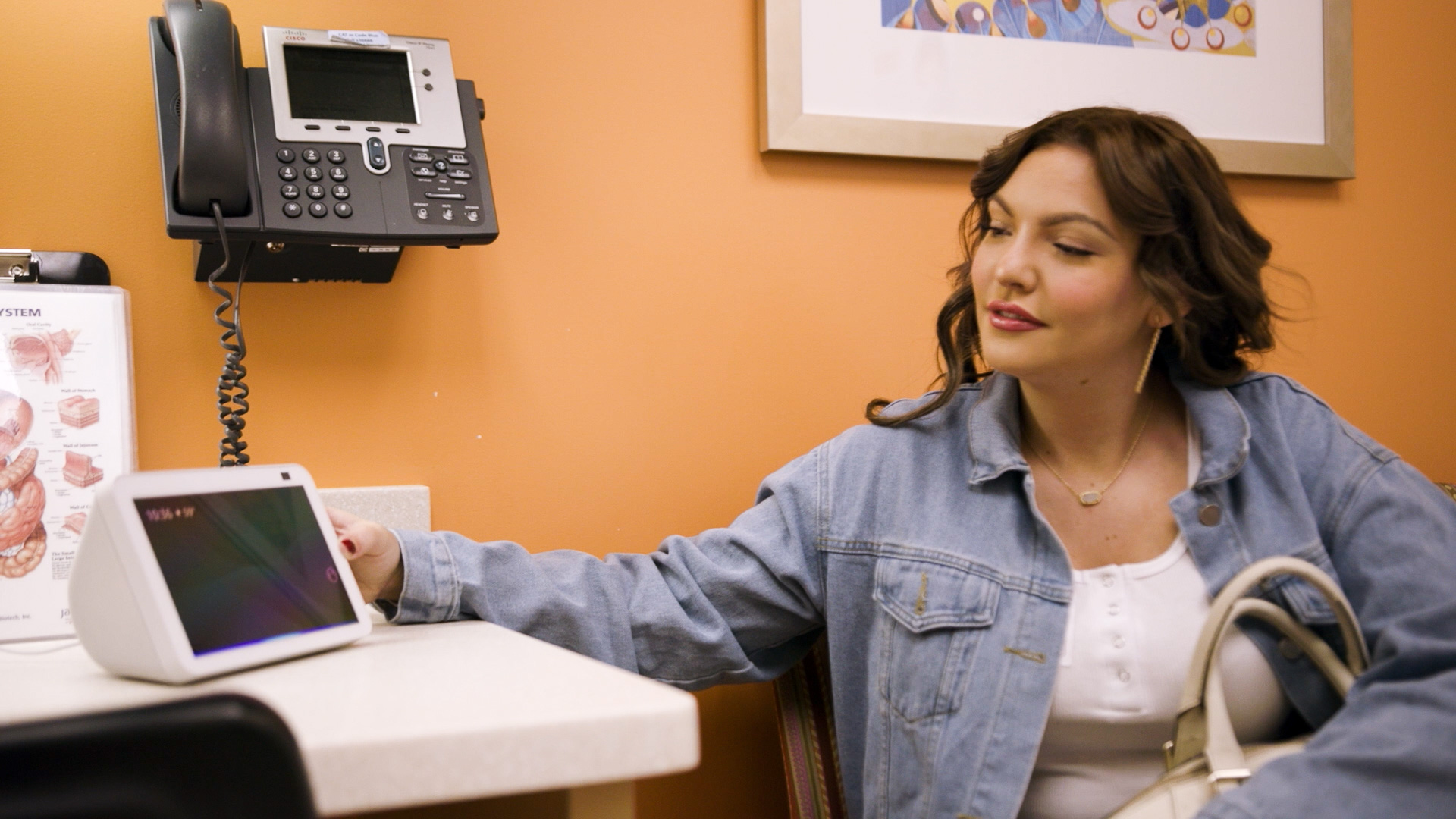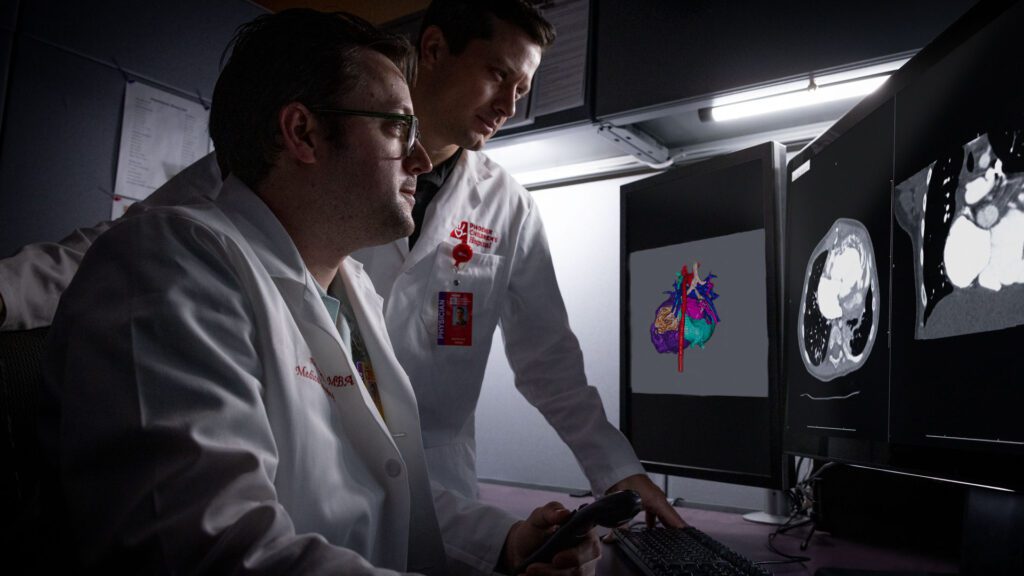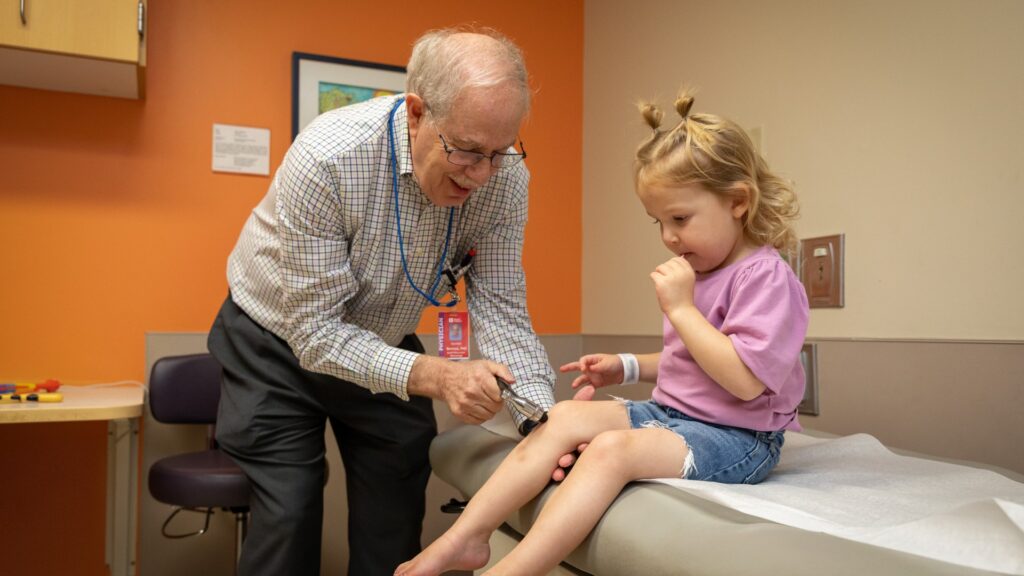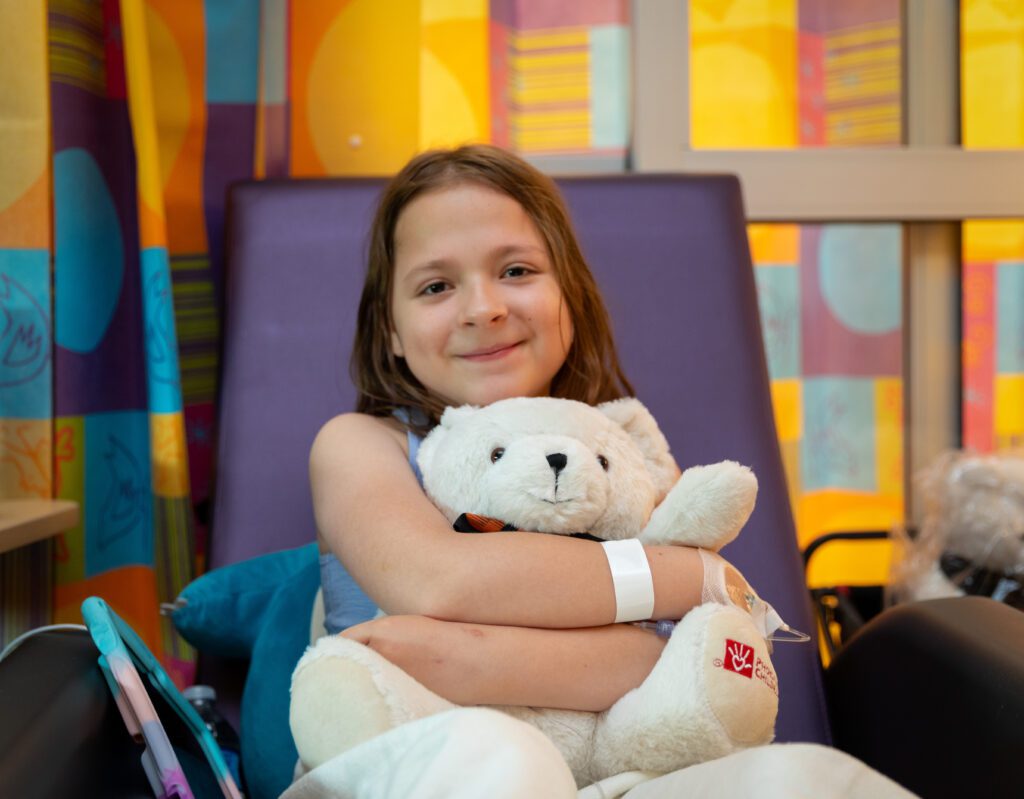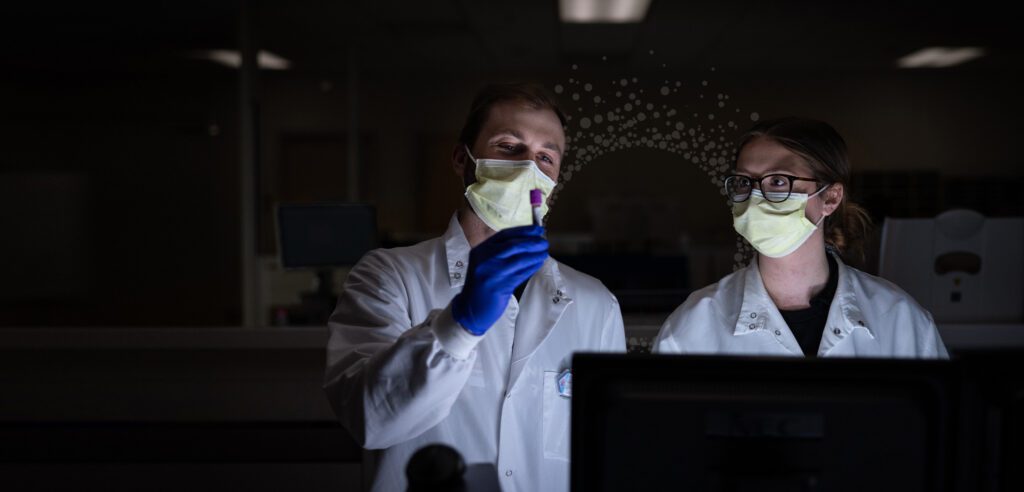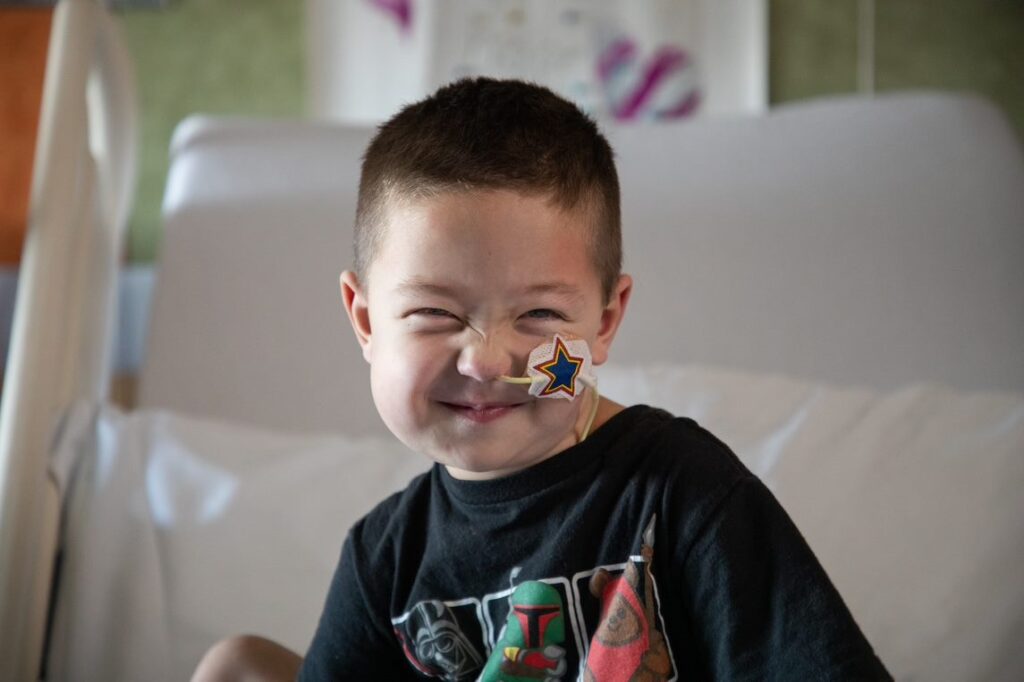Like many health care organizations, Phoenix Children’s saw a significant increase in telehealth visits during the COVID-19 pandemic. Even as COVID cases declined and the world slowly returned to normal, extended family members wanted to remain part of a child's care team, making virtual visits essential.
At the same time, the hospital was having difficulty finding enough clinical support staff, such as interpreters, social workers and nutritionists. Staff filling these roles had to spend most of their time walking between clinics, leading to extended patient visits and employee burnout.
This presented a challenging task for David Higginson, executive vice president and chief innovation officer at Phoenix Children’s. He pondered how his team could create a hybrid meeting environment where the doctor and patient could meet in person while allowing extended family and the clinical support team in the room.
“We needed to develop and figure out a way to fund a hands-free, telehealth-capable device in 750 exam rooms with no new FTEs to support it,” Higginson says in an interview with Healthcare IT News. Additionally, this new system needed to be affordable and reliable. The already-stretched IT staff didn’t have the bandwidth to troubleshoot technical issues.
A new use for a familiar device
As he pondered the options one evening at home, the solution spoke to him: “From Amazon, one new package is arriving for David tomorrow.”
At that moment, Higginson had an epiphany: Phoenix Children’s could use Alexa, Amazon’s cloud-based voice service, and Alexa-powered devices for telehealth.
“The idea struck me—we could use an Alexa device,” recalls Higginson. “They never crash, never need manual updating, are inexpensive, and I recently recalled seeing an article saying Alexa would be supporting Zoom, Phoenix Children's telehealth partner.”
- “There’s a huge untapped potential with the Alexa devices in the health care industry.”Justin RiceSupervisor of IT Clinical Systems Optimization, Phoenix Children's
Investing in innovation
Higginson researched whether Alexa devices, such as the Echo Show, could withstand daily use in a health care environment. His investigation led him to discover that Amazon was looking for early adopters for its Alexa Smart Properties for Healthcare initiative. And thanks to a group of Phoenix Children’s donors, Higginson was able to turn his idea into a reality.
To secure funding for the pilot project, he turned to Innovation Circle, a Phoenix Children’s giving group whose members jointly invest in innovative, high-impact projects. Members’ gifts are pooled to form a grant fund that supports the work of Phoenix Children’s physicians, researchers and clinical leaders. Grant seekers pitch their projects to the group, and the members vote on which projects to fund.
Innovation Circle members voted to allocate funding to Higginson’s brainchild, and he and his team set out to put Alexa into action at Phoenix Children’s.
Time to test
Higginson's team initially used the Alexa devices to allow additional family members to join in-person visits, which was well-received by parents and staff. With just the press of a button, a medical provider or assistant could send an invitation to a remote caregiver or family member. However, Higginson recognized the potential to expand use of the technology.
“We quickly realized we could extend the system to bring various support people to the visit and built out the integration that allowed our internal interpreters to provide services via Zoom versus walking back and forth between clinics,” he says. “The next step was to add in our interpretation vendor, Cyracom, as they supported Zoom meetings.”
Now, an interpreter can be on the Alexa device within a minute to help bridge any language barriers between provider and patient. The devices have also allowed Phoenix Children’s staff to identify new ways to enhance the patient experience. For example, emergency department physicians have used the devices to consult with inpatient doctors for a more precise and coordinated patient admission process.
“Alexa is able to bring [several] tools into the same device so that hospitals can minimize the number of devices in the room,” explains Amy Chen Lobo, senior manager of business development for Alexa Smart Properties for Healthcare.
Moving beyond the original idea
Based on the success of the pilot project, Phoenix Children's decided to expand use of Alexa devices across the enterprise. With a second round of funding from Innovation Circle and a matching grant from Amazon, Phoenix Children's was able to put an Alexa device in every clinic room.
Higginson takes tremendous pride in the fact that all of Phoenix Children's 70+ clinics are using the devices. He continues to receive reports that parents and caregivers find new uses for it, proving its popularity and versatility in the health care industry.
“Just recently, we had a provider unexpectedly out sick who was scheduled to oversee a patient with a reaction to a food allergy,” Higginson says. “Due to quick thinking by the team, the provider was able to provide clinical guidance using the Alexa in coordination with the support team and patient in the room.”
The use cases for Alexa at Phoenix Children’s extend beyond direct care. Patients and families now expect Alexa to be in the exam room, like a stethoscope or a heart monitor. Staff often use the devices to entertain families with movies and music as they wait to be seen.
Higginson says, “If you can adopt these technologies, you might be surprised at all the ways you can use them that were not part of your original use case.”
Justin Rice, supervisor of IT clinical systems optimization at Phoenix Children’s, adds, “There’s a huge untapped potential with the Alexa devices in the health care industry.”
- “It's become a really important tool for us to deliver that consistent, reliable, in-the-moment health care.”David HigginsonExecutive Vice President and Chief Innovation Officer, Phoenix Children's
The Alexa devices have also become an essential part of Phoenix Children’s Suicide Prevention Program. To identify children at risk of suicide, every patient completes a short screening questionnaire prior to each visit. If their answers indicate a risk of suicide, a mental health therapist joins the visit via an Alexa device, ensuring that at-risk patients can get immediate care. Between March 2023 and February 2024, Phoenix Children’s providers completed more than 20,000 screenings, identifying nearly 500 children at moderate risk of suicide and 10 at severe risk.
“[Higginson] was able to think about from a technological standpoint how can we get these specialists in every exam room across our enterprise,” explains Carla Allan, PhD, Hagenah Family Endowed Chair, Division Chief of Psychology. “Having this technology has made this program sustainable. It really allows us to connect with people at their time of need, and that's everything.”

Improving the patient experience
According to the statistics, the Alexa devices have significantly impacted the patient experience. More than 75 daily sessions use the technology without increased staff support, and interpreter productivity has increased by more than 20 percent.
“It's become a really important tool for us to deliver that consistent, reliable, in-the-moment health care,” says Higginson.
Help Phoenix Children's accelerate advancements in pediatric medicine that improve the health of children everywhere.

